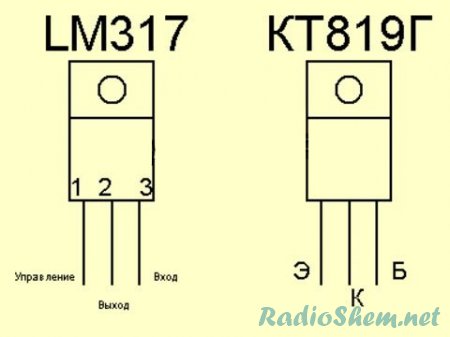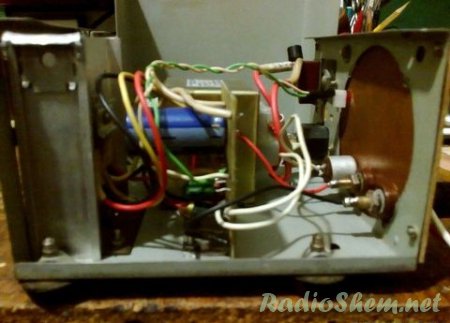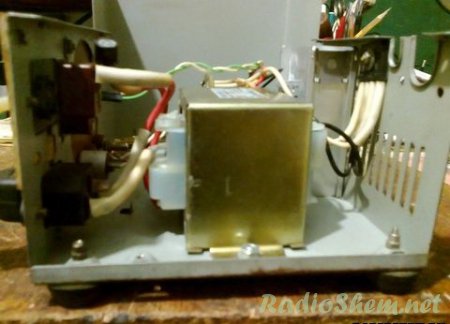Powerful power supply for lm317 and kt827. LM317 and LM317T connection circuits, datasheet
You can quite easily make a power source that has a stable output voltage and is adjustable from 0 to 28V. The base is cheap, reinforced with two 2N3055 transistors. In this circuit connection it becomes more than 2 times more powerful. You can, if necessary, use this design to get 20 amperes (almost without modifications, but with an appropriate transformer and a huge radiator with a fan), you just didn’t need such a large current in your project. Once again, make sure you install the transistors on a large heatsink, the 2N3055 can get very hot under full load.
List of parts used in the diagram:
Transformer 2 x 15 volt 10 amp
D1...D4 = four MR750 (MR7510) diodes or 2 x 4 1N5401 (1N5408).
F1 = 1 ampere
F2 = 10 amperes
R1 2k2 2.5 watt
R3,R4 0.1 Ohm 10 watts
R9 47 0.5 watt
C2 two times 4700uF/50v
C3,C5 10uF/50v
D5 1N4148, 1N4448, 1N4151
D11 LED
D7, D8, D9 1N4001
Two 2N3055 transistors
P2 47 or 220 Ohm 1 watt
P3 10k trimmer
Although LM317 and has protection against short circuit, overload and overheating, fuses in the transformer mains circuit and fuse F2 at the output will not interfere. Rectified voltage: 30 x 1.41 = 42.30 volts measured at C1. So all capacitors must be rated for 50 volts. Attention: 42 volts is the voltage that can be at the output if one of the transistors is broken!
Regulator P1 allows you to change the output voltage to any value between 0 and 28 volts. Since in LM317 the minimum voltage is 1.2 volts, then to get zero voltage at the output of the power supply unit - we will put 3 diodes, D7, D8 and D9 at the output LM317 to base 2N3055 transistors. At the microcircuit LM317 the maximum output voltage is 30 volts, but with the use of diodes D7, D8 and D9, the output voltage will drop on the contrary, and it will be about 30 - (3x0.6V) = 28.2 volts. You need to calibrate the built-in voltmeter using the P3 trimmer and, of course, a good digital voltmeter.
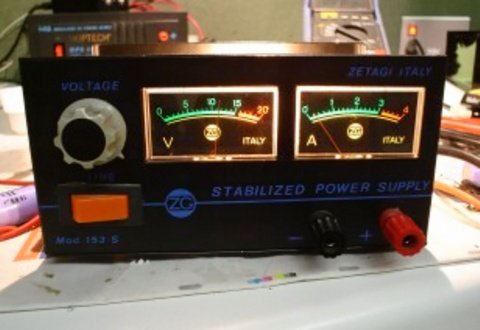
Note . Remember to isolate the transistors from the chassis! This is done with insulating and thermally conductive pads or at least thin mica. You can use hot glue and thermal paste. When assembling a powerful regulated power supply, remember to use thick connecting wires that are suitable for transmission high current. Thin wires will heat up and melt! power unit - This is an indispensable attribute in the amateur radio workshop. I also decided to build myself an adjustable power supply, because I was tired of buying batteries every time or using random adapters. Here it is a brief description of: The power supply regulates the output voltage from 1.2 Volts to 28 Volts. And it provides a load of up to 3 A (depending on the transformer), which is most often enough to test the functionality of amateur radio designs. The circuit is simple, just right for a beginner radio amateur. Assembled on the basis of cheap components - LM317 And KT819G.
LM317 regulated power supply circuit
List of circuit elements:
- Stabilizer LM317
- T1 - transistor KT819G
- Tr1 - power transformer
- F1 - fuse 0.5A 250V
- Br1 - diode bridge
- D1 - diode 1N5400
- LED1 - LED of any color
- C1 - electrolytic capacitor 3300 uF*43V
- C2 - ceramic capacitor 0.1 uF
- C3 - electrolytic capacitor 1 µF * 43V
- R1 - resistance 18K
- R2 - resistance 220 Ohm
- R3 - resistance 0.1 Ohm*2W
- P1 - construction resistance 4.7K
Pinout of the microcircuit and transistor
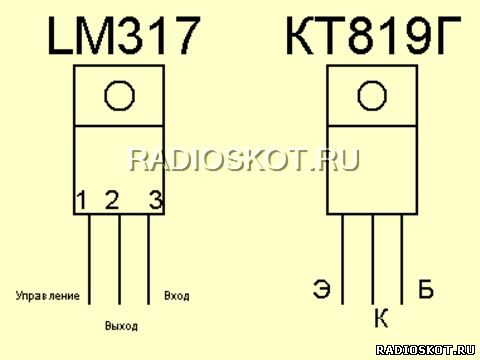
The case was taken from the computer's power supply. The front panel is made of PCB, it is advisable to install a voltmeter on this panel. I haven't installed it because I haven't found a suitable one yet. I also installed clamps for the output wires on the front panel.


I left the input socket to power the power supply itself. A printed circuit board made for surface-mounted mounting of a transistor and a stabilizer chip. They were secured to a common radiator through a rubber gasket. The radiator was solid (you can see it in the photo). It needs to be taken as large as possible - for good cooling. Still, 3 amperes is a lot!
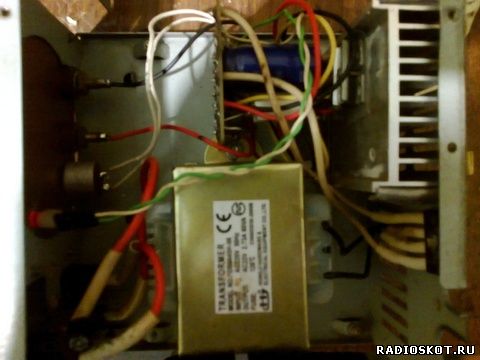
Today, when new technologies and electrical appliances appear almost every year, it is very difficult to do without some equipment at home. Power supplies play a particularly important role in our lives. Any radio amateur should be able to assemble this device with his own hands.
In today's article we will talk about how to make such an important electrical appliance in a home laboratory as the lm317 power supply. The scope of application of such equipment is huge, so knowledge of how to assemble it with your own hands will be relevant and useful in everyday life.
Device Features
The power supply is an important attribute of any amateur radio home workshop. The principle of operation of the power supply is that it can convert the voltage and current in the network to the parameter we need to power and connect various electrical appliances. At the same time, such a device provides high protection against short circuits.
The power supply can be of two types:
- adjustable;
- impulse.
In addition, the circuit that is used to assemble this type of power supply can be different - from the simplest to the very complex.
Note! If you are new to radio electronics, then first you should choose simple circuits. Such a scheme will be clear to you and will allow you to quickly create a device for a wide variety of needs.
Approximate diagram
The decision to assemble the power supply on the lm317 chip greatly simplifies the assembly process. At the same time, the scheme itself is also simplified. Thanks to the microcircuit, it becomes possible to make a power supply with regulation and provides power stabilization.
If you believe the comments left by radio amateurs, such an assembly is many times superior to its domestic counterparts, while possessing greater resources.
Principle of operation
Now let’s look at the principle of operation of the device, since when assembling a power supply of type lm317 in order to be able to regulate the voltage indicator, as well as the current in the network, it is necessary to clearly know and understand this aspect. Without this, it is impossible to correctly assemble the device, even if the circuit is quite simple.
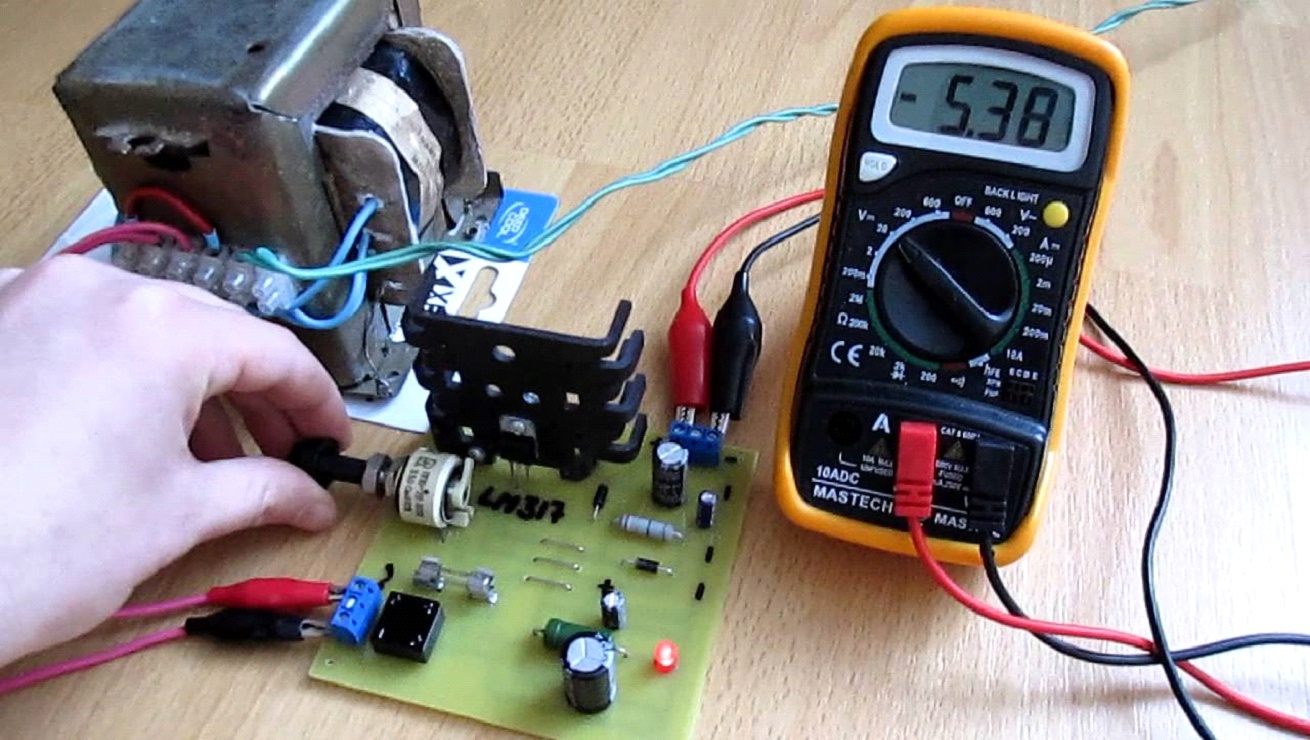
Working power supply
The lm317 type power supply is characterized by the following operating principle. The lm317 microcircuit regulates the current through the output and contributes to the voltage drop. The voltage drop occurs across the resistor. The resistor across which the voltage drop occurs has a value of 1.25 V.
As a result, such a circuit allows, by changing the value of the resistor, to adjust the voltage and ensure a change in the current indicator.
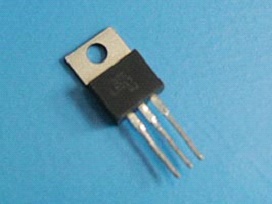
Chip
Note! If the soldering of parts was carried out correctly, then such a device prevents the occurrence of a short circuit. Here, the quality of the parts itself plays an important role in the assembly. Therefore, give preference to higher quality products by purchasing them from trusted sellers.
In addition, it is necessary to remember that this power supply assembly circuit involving the lm317 chip has some limitations. The lower limit of the restrictions is 0.8 ohms, and the upper limit is 120 ohms. Thus, to select a resistor in order for this circuit to function normally, you need to be guided by the formula 0.8 The power supply type lm317 can be used to change the voltage and current parameters in the following situations: Note! Most often, the power supply is used in tandem with an LED strip. Thanks to this, you can get high-quality lighting in any room of the house. In this case, short circuit protection will be at a fairly high level. Backlight This is a basic, but far from complete list of all situations in which you may need the help of a lm317 power supply. Assembled on the basis of the lm317 chip, the power supply has the following characteristics: Note! This load is quite enough to test the performance of homemade electrical structures. Moreover, the circuit used in this case will be quite simple and will allow a person with minimal knowledge of radio electronics to assemble the required device. It includes cheap and common parts that can easily be found on the market or in specialized stores. Approximate set of parts If you want to create an adjustable type of power supply on the lm317 chip to change the voltage and current settings, you will need the following parts: It is worth noting that depending on what scheme is planned to be used to assemble such a block, the possible list of parts necessary for the work will also change. Transformer Before we begin assembling an adjustable type block with short circuit protection based on the lm317 chip, we need to purchase all the parts and components required for the work. Here you need to remember that the service life and quality of operation of the assembled power supply will directly depend on the quality of the purchased radio products. This part can be removed from any electrical appliance that is sitting idle at home or has already broken down. For example, a transformer can be removed from a TV, tape recorder, etc. Power transformer Some recommend including a TVK-110 transformer in the circuit. It was previously installed in black-and-white TVs in the frame scanning unit. But there is one drawback here - the output voltage here will be only 9 V, and the current will be small. Moreover, if you need to power a powerful electrical appliance, then this transformer will not cope with the load placed on it. However, remember that their power must be at least 40 W. To make a power supply on the lm317t microassembly for a DAC, you will need an output voltage in the range of 3.5-5 V. This is the voltage level that should be maintained in the circuit for powering the microcontroller. Once you have chosen the assembly diagram and acquired all the necessary components, you can begin to work. As already mentioned, in our case, the assembly of a regulated type power supply will be based on the lm317 microcircuit. Note! The type of rectification can be full-wave, half-wave, tripling, doubling, bridge. For a regular power supply, it is better to take the bridge type of straightening. Rectifier stage diagram Voltage stabilizer circuit Option of a ready-made power supply After this, we follow the chosen scheme, installing the remaining parts. As you can see, with a correctly selected circuit, depending on your level of professionalism and knowledge of radio engineering, you can create an regulated power supply based on the lm317 chip with your own hands without any problems. In order for you to succeed, you need to follow the assembly diagram and also purchase high-quality parts. As a result, you will get an excellent power supply with excellent characteristics - an indispensable assistant in the home laboratory of any radio amateur.
power unit- This is an indispensable attribute in the amateur radio workshop. I also decided to build myself an adjustable power supply, because I was tired of buying batteries every time or using random adapters. Here is its brief description: The power supply regulates the output voltage from 1.2 Volts to 28 Volts. And it provides a load of up to 3 A (depending on the transformer), which is most often enough to test the functionality of amateur radio designs. The circuit is simple, just right for a beginner radio amateur. Assembled on the basis of cheap components - LM317 and KT819G. LM317 regulated power supply circuit List of circuit elements: Pinout of the microcircuit and transistor The case was taken from the computer's power supply. The front panel is made of PCB, it is advisable to install a voltmeter on this panel. I haven't installed it because I haven't found a suitable one yet. I also installed clamps for the output wires on the front panel. I left the input socket to power the power supply itself. A printed circuit board made for surface-mounted mounting of a transistor and a stabilizer chip. They were secured to a common radiator through a rubber gasket. The radiator was solid (you can see it in the photo). It needs to be taken as large as possible - for good cooling. Still, 3 amperes is a lot!Application area
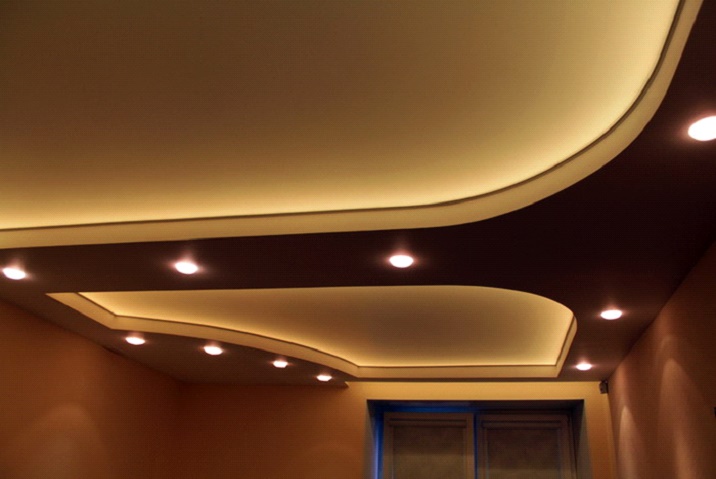
A power supply powered by the lm317 chip will allow you to stop using random adapters and also periodically buy batteries.Device characteristics

Getting ready for assembly
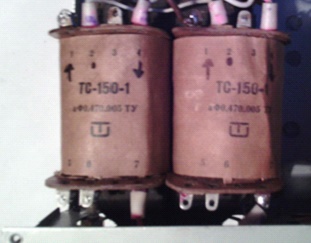
Therefore, if you are not very well versed in components, it is best to buy only where they can provide you with a certificate of quality for the products sold.
One of the most important parts in any assembly circuit will be the transformer. It is used to step down voltage as a converter.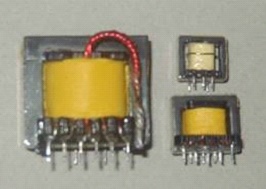
Here, if there is a need for a powerful power supply, power transformers should be used.
You may also need to make minor changes to the secondary winding without affecting the primary winding.Assembling the power supply
The assembly proceeds as follows: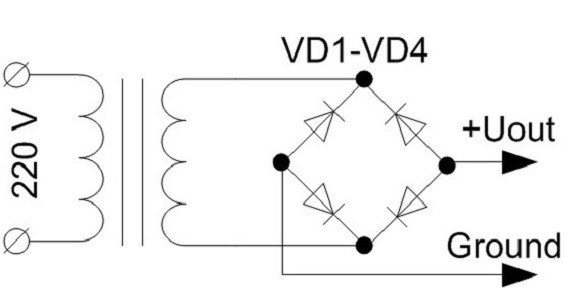
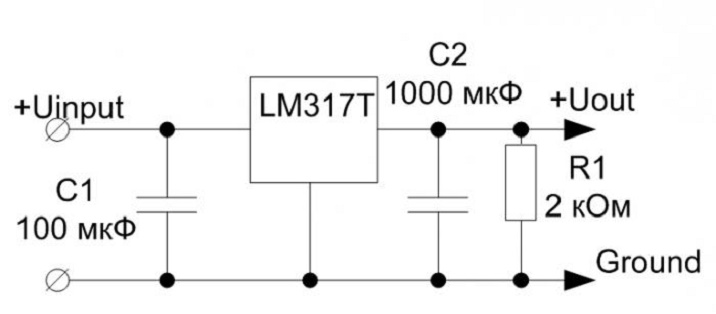
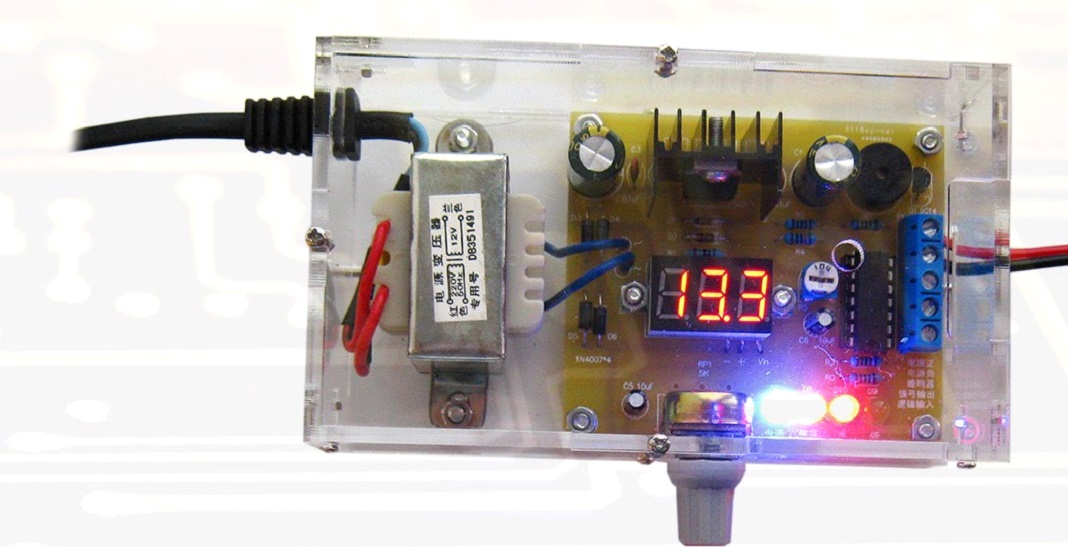
All elements of the circuit can be placed in a housing, for which plastic or aluminum sheet should be used. But you can give the power supply absolutely any shape you want. How to select and install volume sensors for automatic light control
How to select and install volume sensors for automatic light control
Stabilizer LM317
T1 - transistor KT819G
Tr1 - power transformer
F1 - fuse 0.5A 250V
Br1 - diode bridge
D1 - diode 1N5400
LED1 - LED of any color
C1 - electrolytic capacitor 3300 uF*43V
C2 - ceramic capacitor 0.1 uF
C3 - electrolytic capacitor 1 µF * 43V
R1 - resistance 18K
R2 - resistance 220 Ohm
R3 - resistance 0.1 Ohm*2W
P1 - construction resistance 4.7K 